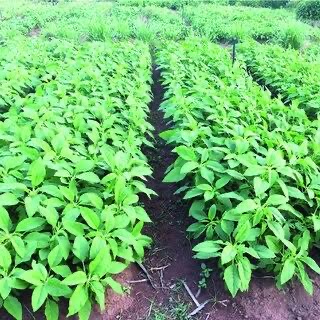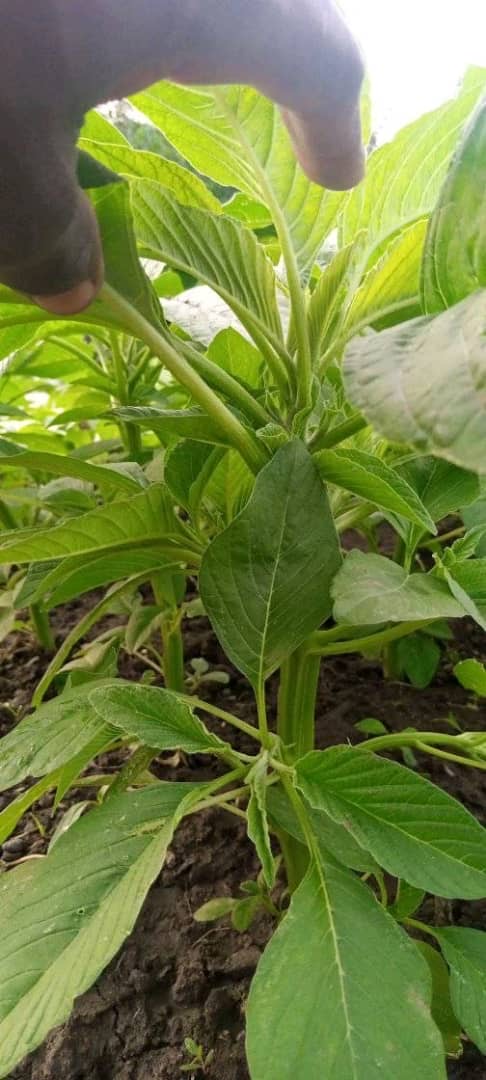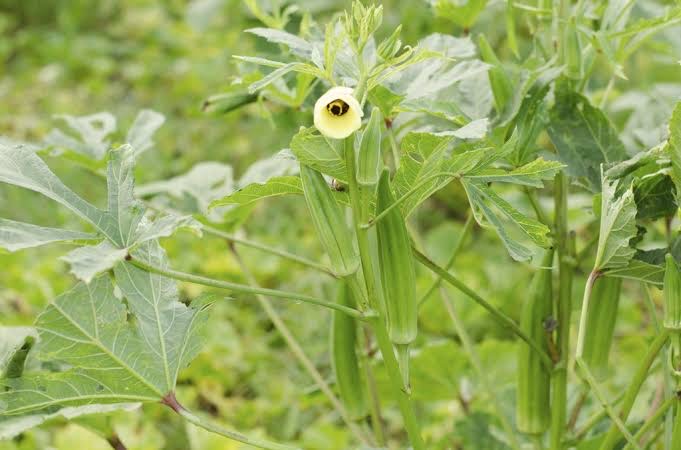Botanique
Eggplants, known scientifically as Solanum melongena, are part of the Solanaceae family and are grown around the world for their edible fruit. Here is some general information about eggplants:
- Origin: Eggplants were domesticated from the wild species of nightshade, S. incanum, probably with two independent domestications: one in South Asia and one in East Asia.
- nDescription*: The eggplant plant is a delicate tropical plant, often grown as an annual or biennial in temperate climates. It can measure 40 to 150 cm high and has large lobed leaves. The flowers are white to purple, with a five-lobed corolla and yellow stamens.
- Fruit: The fruit is most often purple in color, spongy and absorbent, and is used in several cuisines. Although it is used as a vegetable in cooking, it is botanically defined as a berry. Its skin and seeds can be eaten, but it is usually eaten cooked.
- Nutrition: Eggplant is low in macronutrients and micronutrients, but its ability to absorb oils and flavors when cooking expands its use in the culinary arts.
- Production: In 2021, global eggplant production was 59 million tonnes, with China and India together accounting for 86% of the total.
Eggplants are also known by other names such as brinjal or baigan in other parts of the world. They are a staple ingredient in Mediterranean cuisines and feature prominently in classic dishes such as Greek moussaka, Italian eggplant parmigiana and Middle Eastern eggplant caviar.
Subscribe to our page so you don’t miss any of our different articles.
Source: https://en.wikipedia.org/wiki/Eggplant.
(Quoted by Predi Bansimba Lunguila)







